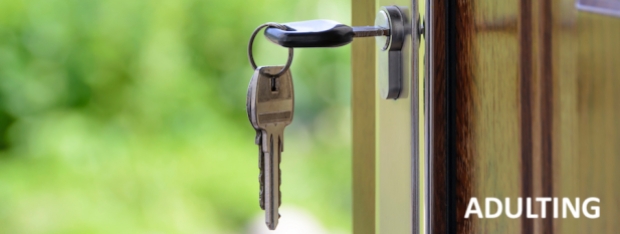
Suffice to say most “talented” Singaporeans who did well in school would play it safe and choose the traditionally popular jobs that pays decently at the start and have clear trajectory in career development. They would switch from being grade-maximisers to be career-maximisers. They would continue to hunger for recognition from a system, to have the right boxes checked off, to get the right set of papers.
Do we have the guts to send a message that contradicts the idea that school prepares you for life? The mainstream education is great for preparing you to be in civil service, to make friends and solve intellectual problems together, but it is not building the skills you need for actual success in the marketplace. So it becomes terribly important that you do not optimise for grades; but rather, you optimise for life skills. Actually, to segregate “life skills” from school is already a big warning sign. The desire to measure and find common denominators to compare students against each other is natural. As a student, it is important to run from these.
For example, what does school teach you and train you about taking risks? Do you have the guts to decline a scholarship so you could pursue what you want rather than what they ask you to? Do you have the guts to take on unconventional subject knowing full well you don’t have the support of your teachers in mainstream education?
And that is not foolhardy recklessness; it is about trying to create something new. To take the risk for the country because we need all the people to pursue the different paths needed to show their fellow countrymen alternative ways of succeeding, to release new ideas and challenge what we take for granted. Only then we can be assured of continued success and breakthroughs as a country.









